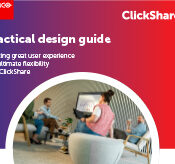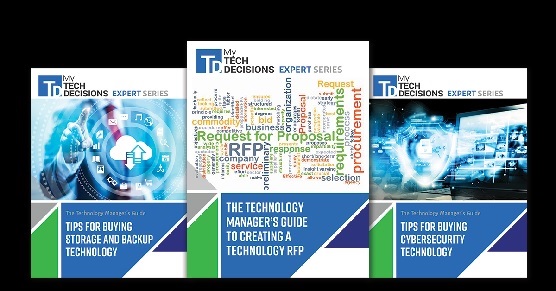An outdoor display’s brightness is the one thing that truly sets it apart from an indoor display. Anyone who’s tried to use an iPad at the beach or watch a TV bathed in afternoon sun understands that viewing the screen in daylight is what really counts, no matter how rugged the display is.
A screen’s brightness, or luminance, is measured by number of nits. Nits is more scientifically referred to as Candelas (candlepower!) per meter squared (Cd/m2), but display manufacturers generally list nits in their spec sheets. The higher the nit spec, the brighter the display.
Read Next: A Digital Signage Primer: Plan, Test, Maintain
Most indoor LCD displays are 300 to 350 nits, which look sharp and clear in a dimly lit room. For an equally vivid picture, an outdoor display must be at least 400 nits—but plan to install it in a shadowed, protected location, like under an eave, or facing east with only morning sun. If you’re going to place a screen by a pool, in the middle of a plaza, or facing west, it must be at least 700 nits to appear bright and readable in direct sunlight.
“It’s a bit of an arms race with specs. There’s a not a huge demonstrable difference between 700 nits and 2,000 nits. It’s not a direct ratio. 2,000 nits is not three times brighter than 700 nits,” says Tom Dixon, vice president of marketing at SunBrite TV. “The dramatic difference is between 400 and 700 nits.”
2,000-nit screens are called “high brightness” or “extreme brightness” displays, but they’re not the brightest. Outdoor flat panel displays go up to 5,000 nits. All extreme —and “ultra extreme” – bright displays should also have a dimmer, which automatically reduces the screen’s brightness at night to levels that are more comfortable to the naked eye. This is particularly critical if your display can be seen by drivers in the dark. You want your content to be enjoyed and remembered, not blinding your customers.
If you enjoyed this article and want to receive more valuable industry content like this, click here to sign up for our digital newsletters!










ha ha I remember one panoramic display at the the street that blinds the drivers hahaha
Thank you Chrissy. I was having a hard time searching for information on proper light levels for outdoor signage. You concisely explained everything one would reasonably need to know to start in a quick and easy to read way.
Brilliant, short brief article and to the point. Helped me to go for 1500nits Outdoor weatherproof TV rater than going for 2500nits. Thank you
What TV did you get and how has it performed?
For many years I have been involved in the Full Colour large format LED Screens for indoor and outdoor use.
I have seen many local sports clubs pay good money for a scoreboard that cannot be read in full sunlight.
It frustrates me that some suppliers, knowingly, sell a club a product that is not fit for the purpose.
A large format LED display needs to output at least 6,500 Nits to be seen in full sunlight.
And the colours chosen for words and numbers have to those providing the best contrast.
Rgds
Graeme